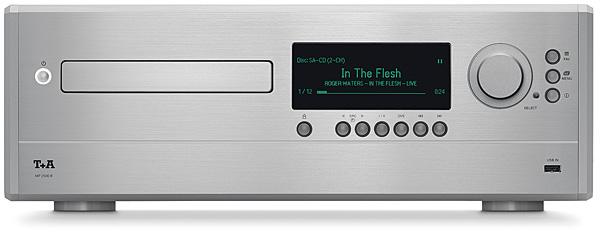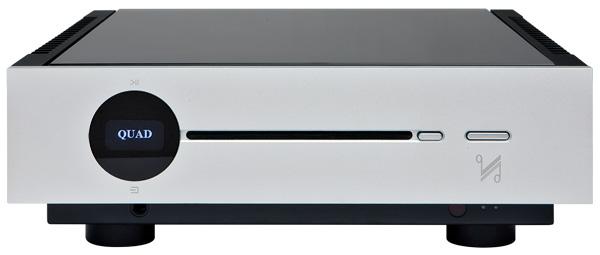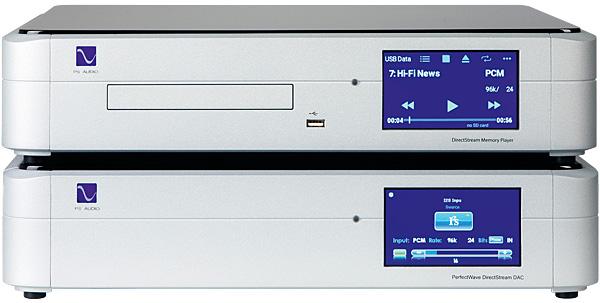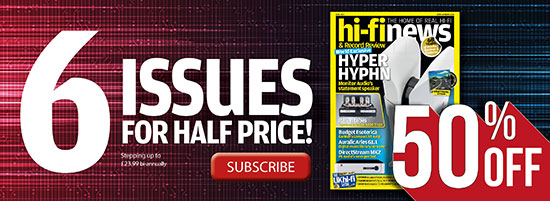|
Sep 11, 2019
|
May 23, 2019
|
Mar 08, 2019
|
Nov 01, 2018
|
Aug 01, 2018
|
Jun 01, 2018
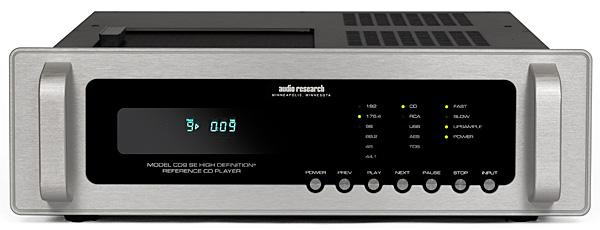
 Less of a 'Special Edition' than a cosmetic refresh, six years of continuous production has still brought changes to bear in ARC's flagship digital offering. We investigate...
Less of a 'Special Edition' than a cosmetic refresh, six years of continuous production has still brought changes to bear in ARC's flagship digital offering. We investigate...
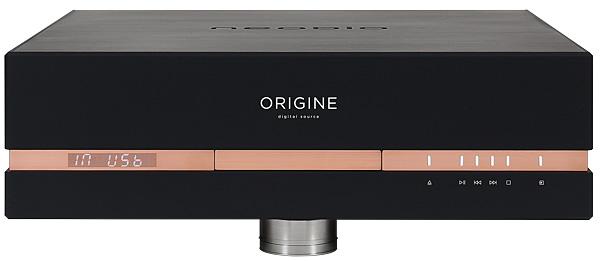
 This French company's 'ecosystem' is founded on an extensive range of power and audio cables, but the brand's design philosophies also extend to an amp and CD player
This French company's 'ecosystem' is founded on an extensive range of power and audio cables, but the brand's design philosophies also extend to an amp and CD player
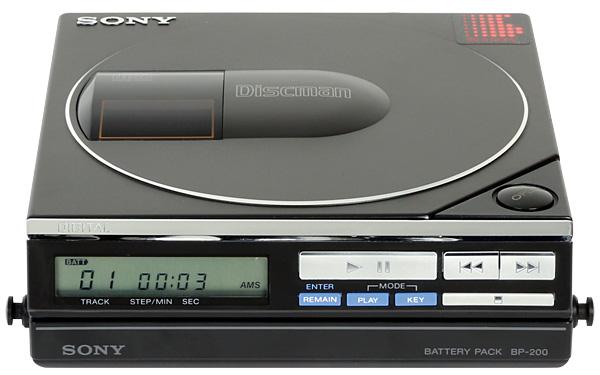
 While first to market with a portable player, Sony soon found itself overtaken by rivals. Its answer was a now-iconic machine, driven by a belt. But how does it sound today?
While first to market with a portable player, Sony soon found itself overtaken by rivals. Its answer was a now-iconic machine, driven by a belt. But how does it sound today?
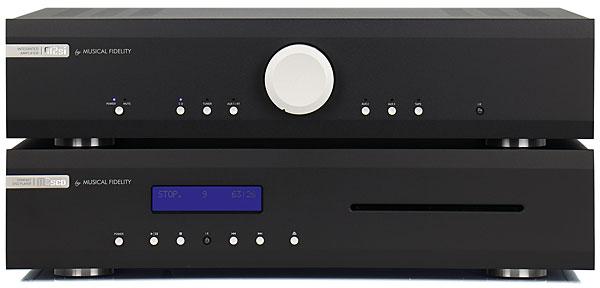
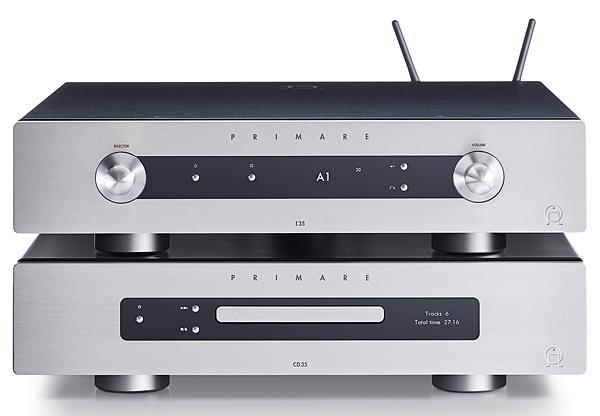

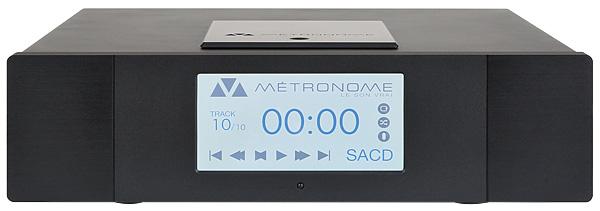
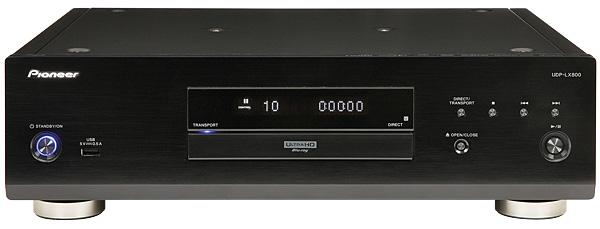
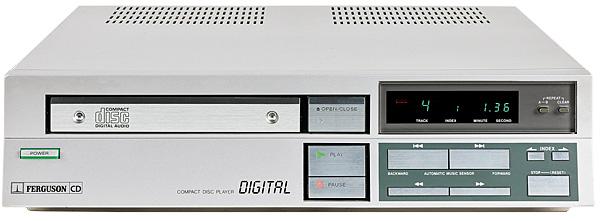
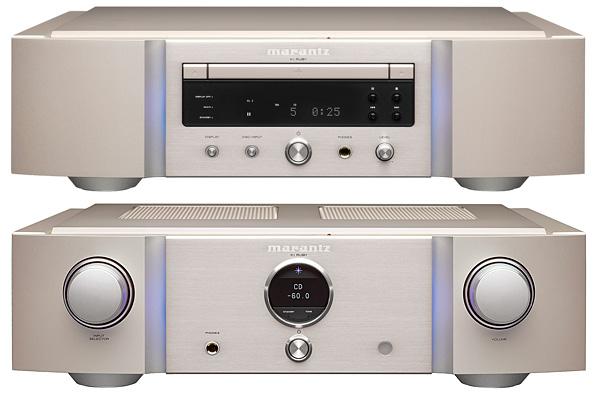
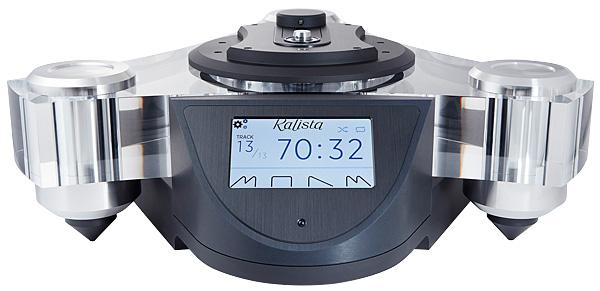
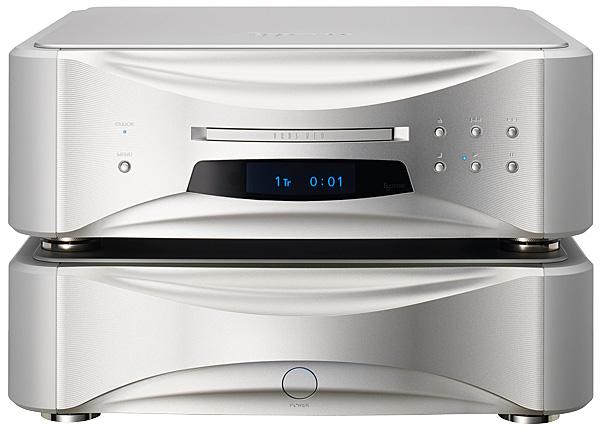
 A dedicated stack that forms one of the most expensive digital playback systems on the market, Esoteric’s Grandioso P1/D1 is aimed squarely at fans of the SACD format
A dedicated stack that forms one of the most expensive digital playback systems on the market, Esoteric’s Grandioso P1/D1 is aimed squarely at fans of the SACD format
